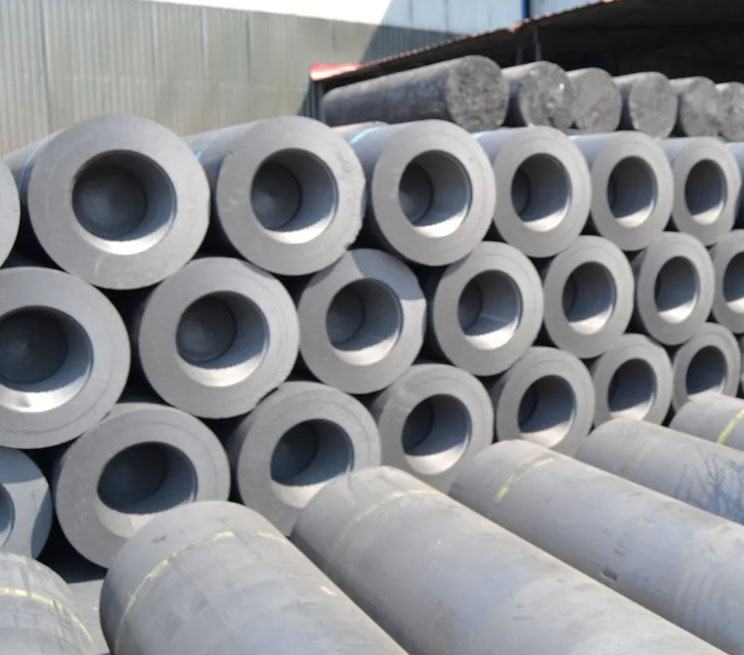
The demand for high-quality, graphite electrodes is growing due to the electrification and greener production of steel. These are produced by electric arc-furnaces (EAF) from either natural graphite or synthetic. Moreover, the demand for these electrodes is expected to grow significantly as governments and industries globally invest in renewable energies and switch to greener technology. In addition to this, there are a number strict regulations that encourage the adoption and use of greener methods of steel production, such as EAFs. This will boost demand for electrodes from both sectors, and therefore the growth of the graphite sector.
Graphite is used in the majority of industrial applications. Most graphite comes from synthetic graphite. Refractories and foundries use the largest share of natural graphite, while the majority of synthetic graphite is used in electrodes for EAFs.
Both types of Graphite are mainly mined. The US imports almost all of the natural Graphite that it uses, and China the majority. Graphite has been in high demand due to an increase in electric vehicle use and a growing demand for greener materials.
Graphite is also an important raw material in lithium-ion batteries and other applications. Battery production is energy-intensive, but it emits less than the traditional fossil fuel smelting process. Imports account for a large portion of the graphite used in energy storage, which has raised concerns over dependence on foreign suppliers.
To combat this problem, it is vital to promote the recycling of carbon electrodes in a systematic manner and to improve the implementation of circular battery concepts. In order to do this, we conducted a life-cycle assessment (LCA) in which nine graphite recycling technologies were evaluated from cradle to gate. We collected data on energy use and emissions for a large number of process steps. This information is summarized in the following table.
The LCA results show that all the state-of-the-art graphite electrode recycling processes evaluated in this study require substantial amounts of energy to reclaim the carbon from the discarded anodes. In the case where the anode is treated with sulfuric acid, the lithium can be removed. This chemical has a high toxicity and LC50 of 11.9 mg/L in fish and aquatic insects after 48 hours. Therefore, all these processes should seek to reduce their energy consumption and emissions. Recyclability is another important criterion in the sustainable management of graphite. All the processes in this study can achieve a high degree recyclability. They should, therefore, be considered viable options to use this vital raw material sustainably.

Write a Message